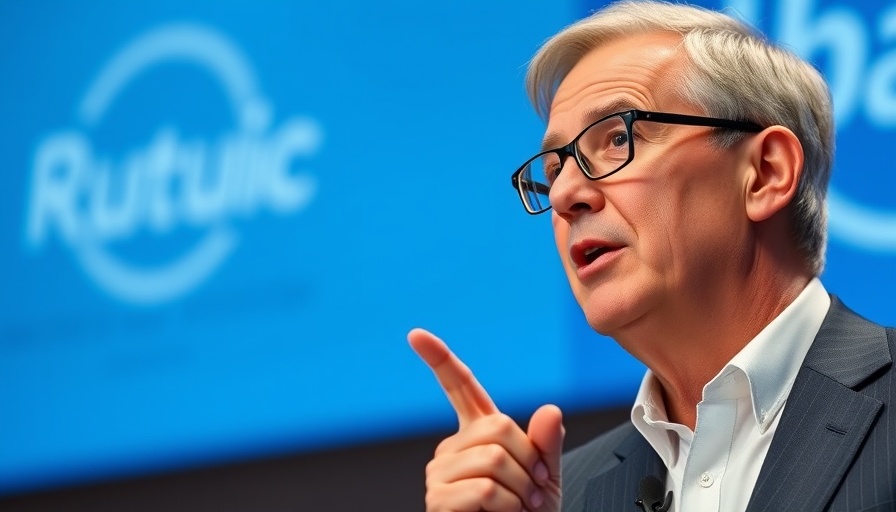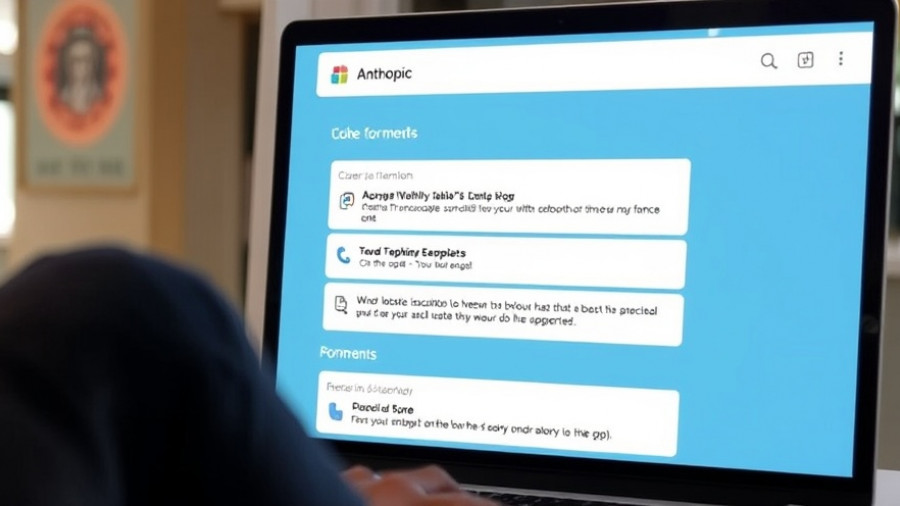
Understanding the Rise of Claude AI in Automation
A recent analysis by Anthropic indicates a worrying trend within the tech industry where up to 77% of enterprises utilizing the Claude AI platform focus on automating tasks instead of promoting collaboration between humans and AI systems. This raises red flags regarding job displacement as companies increasingly lean on automation to enhance efficiency and productivity. With advancements in AI technology, the fear of job replacement is becoming a pressing concern among workers across various sectors.
Job Displacement: A Growing Concern
The adoption of AI like Claude is indicative of a broader shift toward automation in workplaces. This trend not only reflects businesses’ desire to cut costs but also highlights their preference for speed and efficiency. Many workers fear that as businesses prioritize automated systems, their roles may become redundant. This is particularly salient in industries like customer service, manufacturing, and even creative professions, where AI is now being integrated to handle tasks that previously required human input.
Contextualizing Automation Within Current Events
Recent discussions around automation and labor are not confined to the capabilities of Claude AI alone. The tech landscape is being continuously reshaped by innovations in AI technologies and their implications for employment. For instance, reports like the ones from DIGITIMES highlight how various AI applications are paving the way for new industrial opportunities, potentially altering the job market significantly. By deploying automation at such a high rate, companies risk not only displacing workers but also diluting the essence of collaboration that has defined many industries for decades.
Future Predictions: Balancing Automation and Human Roles
The optimists in the tech community assert that while automation will reshape job functions, it may also lead to the creation of new roles that align with technological advancements. As machine learning and AI continue to evolve, the demand for skilled professionals who can manage and interpret AI-driven processes will likely increase. This shift opens up avenues for re-skilling and upskilling the existing workforce, which could mitigate some displacement worries if handled properly.
Practical Insights and Tips for Workers
In this climate of uncertainty due to automation, it’s crucial for the workforce to consider proactive steps. Workers should look into training programs that enhance their technological literacy and adaptability to remain relevant in their fields. Many companies are beginning to offer resources aimed at helping employees transition into roles that leverage their existing skills in an automated context.
Emotional Impact: How Workers Feel About Automation
A significant emotional burden accompanies the fear of displacement. Many employees grapple with anxiety about job security, leading to decreased morale and productivity. Companies could counteract this by fostering a culture of open dialogue where employees can express their concerns and seek reassurance about their future in an automated workplace.
Common Misconceptions About AI and Automation
One prevalent misconception is that AI systems like Claude will indiscriminately replace humans in all capacities. In reality, while some jobs may be at risk, many roles will evolve rather than vanish. Understanding the collaborative potential of AI, where technology complements human intelligence, can help reduce fears surrounding job loss.
Conclusion: Embracing Change in the Era of AI
The deployment of Claude AI signals a significant shift in how businesses operate, with implications reaching far beyond the tech industry. While fears of job displacement are valid, they should prompt industries to reflect on strategies for integrating AI in a more collaborative manner. As the landscape evolves, businesses and employees alike will need to adapt to harness the benefits of AI while mitigating potential downsides.
 Add Row
Add Row  Add
Add 




Write A Comment